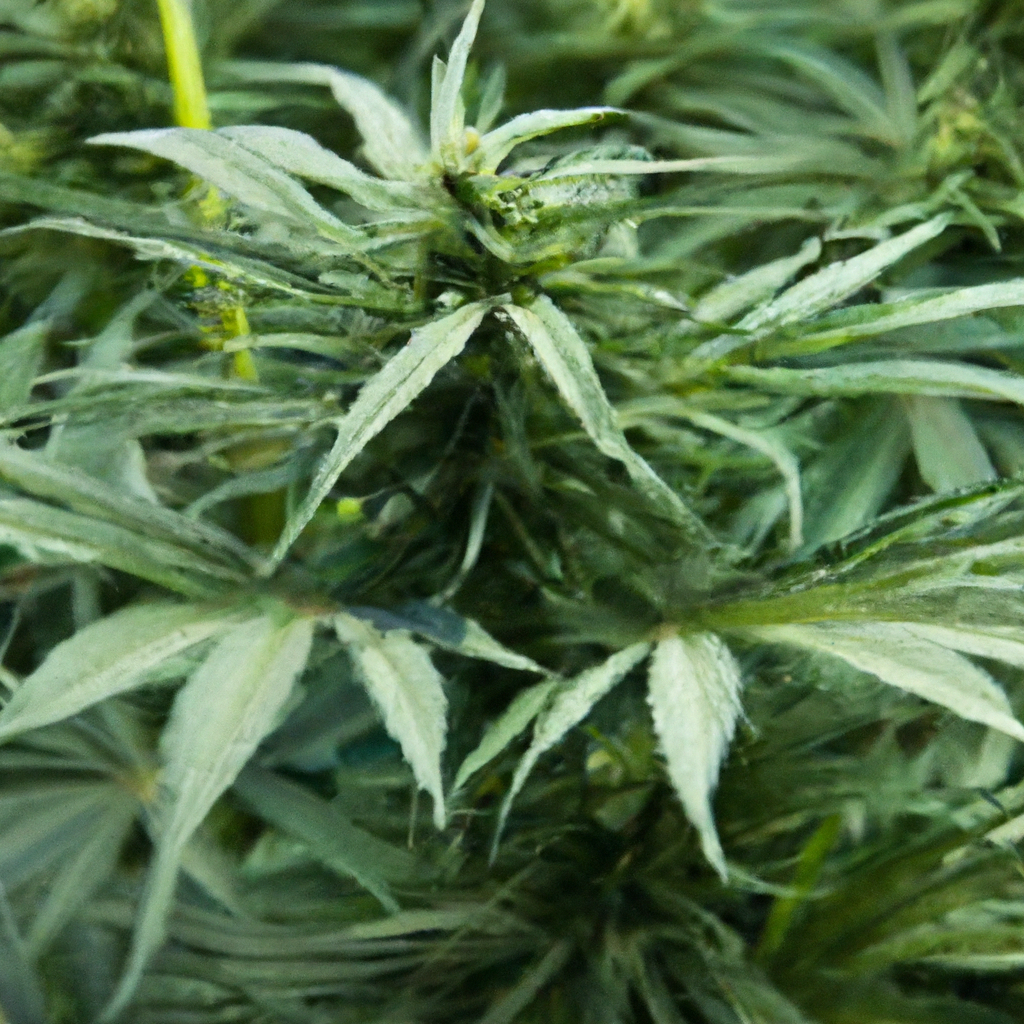Introduction: A Higher Calling
Greetings, fellow cultivators and cannabis enthusiasts! I’m John “Magic” Greenleaf, and I’m thrilled to
guide you on a journey through the exhilarating world of high-altitude cannabis cultivation. With more
than 30 years of growing experience here in Colorado’s Rocky Mountains, I’ve come to appreciate the
unique challenges and rewards that come with scaling the heights of cannabis cultivation.
For those of you aiming to harness nature’s alpine gifts, buckle up! We’ve got the insights you need to
turn potential challenges into growing advantages.
Introduction to Elevated Gardening: The Science Behind It
High-altitude cannabis cultivation isn’t just about navigating thin air and cold breezes—it’s a
scientifically rich landscape. Here in Colorado, we have a distinct advantage: UV exposure is higher,
meaning your plants can develop more robust terpene and cannabinoid profiles.
Plants exposed to more intense UV rays can potentially enhance THC levels, creating more potent buds.
However, these same conditions mean growers must pay close attention to environmental control,
particularly light exposure, and nutrient balance.
Thriving in Thin Air: High-Altitude Strategies
- Resilient Genetics: Choose strains acclimated to high-altitude weather. Strains
like “Mile High Mystique” are bred for the altitude-specific challenges we face. - Optimal Airflow: High altitudes call for excellent airflow. Ensure your grow
spaces, whether indoor or outdoor, have adequate ventilation to prevent mold and enhance growth. - UV Protection: Given the increased UV exposure, consider using protective
coatings on greenhouse windows or supplementary lighting that mimics natural sun patterns. - Soil and Water: Utilize organic soil mixtures that retain moisture, and consider
drip irrigation systems to efficiently deliver water, minimizing waste—a critical point in our arid
climate.
Real-World Anecdote: The Magic Kush Example
Take, for example, “Magic Kush.” This cultivar thrives in high altitudes—its resilience manifests in its
capability to endure temperature fluctuations and utilize increased UV for more resinous buds. Cultivated
at 8,000 feet above sea level, Magic Kush consistently tests at 25% THC, becoming a standard for
high-altitude medicinal cannabis.
This experience fuels my belief that nature, when respected, can produce truly magical outcomes.
Conclusion: Reap the Altitude Rewards
With every challenge that arises from high-altitude growing, there is an equal opportunity for innovation
and improvement. With the right techniques and a touch of wisdom passed down from years of growing, you
too can cultivate stronger, more aromatic cannabis that thrives in the heights.
Remember, the altitude makes us tougher—and so does our weed.


Leave a Reply